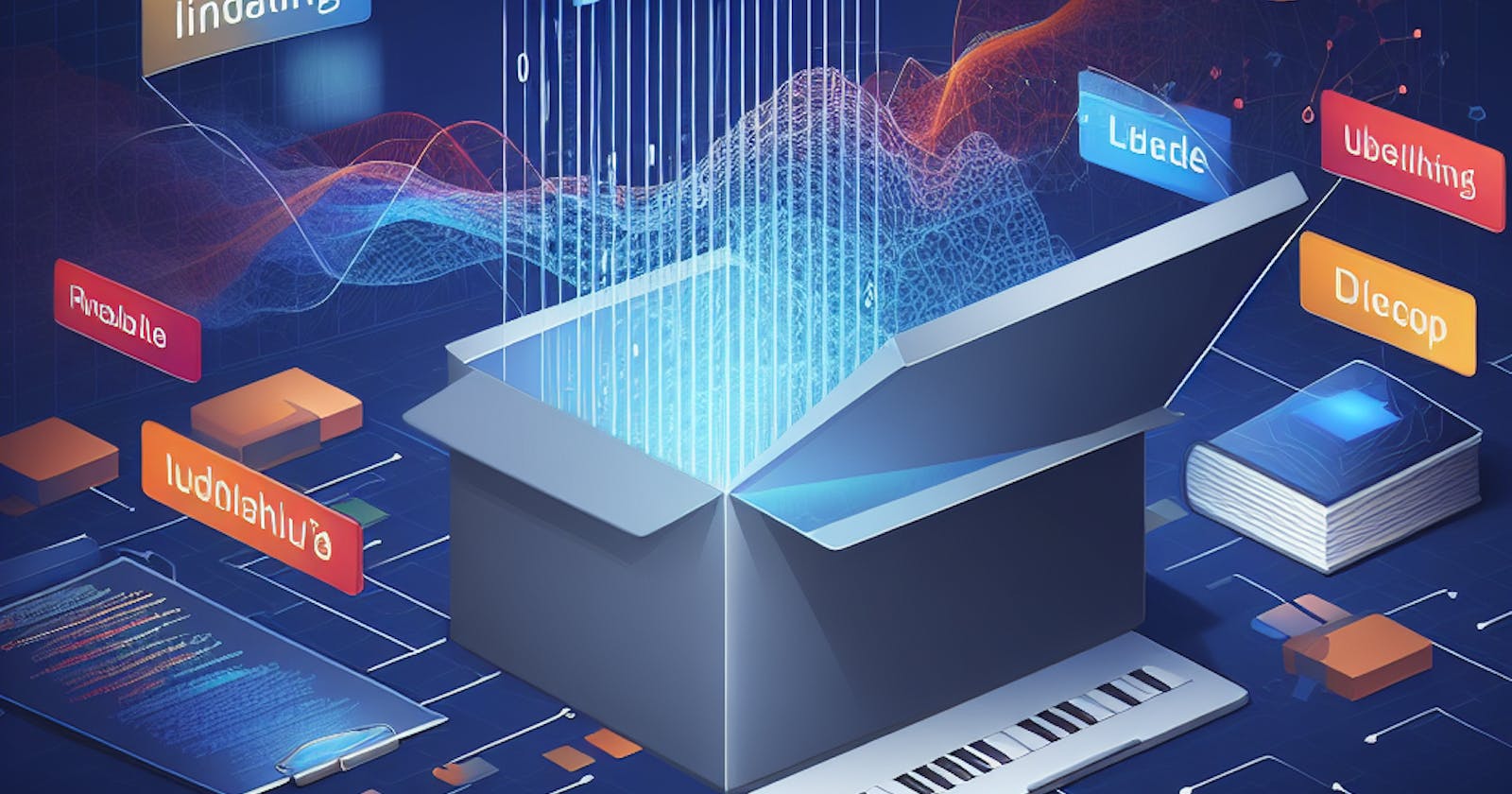Unsupervised learning is a branch of machine learning that explores patterns and structures within data without the presence of labeled outputs. Unlike supervised learning, where the algorithm is provided with labeled training data to learn and make predictions, unsupervised learning involves working with unlabeled data to discover inherent structures and relationships. This article will delve into the principles, techniques, and applications of unsupervised learning, focusing on its ability to unveil hidden patterns in raw, unannotated datasets.
The Fundamentals of Unsupervised Learning
Clustering:
One of the primary techniques in unsupervised learning is clustering, which involves grouping similar data points together. Common algorithms include K-means, hierarchical clustering, and DBSCAN. These algorithms help identify natural groupings within the data, revealing patterns that might not be immediately apparent.
Dimensionality Reduction:
Unlabeled datasets often contain a high number of features, making analysis complex. Dimensionality reduction techniques, such as Principal Component Analysis (PCA) and t-distributed Stochastic Neighbor Embedding (t-SNE), help simplify data by transforming it into a lower-dimensional space while preserving essential information. This aids in visualizing and understanding the underlying structures.
Association Rules:
Association rule mining identifies relationships between variables in a dataset. Apriori and Eclat algorithms, for instance, analyze transaction data to discover associations between items. This is widely used in market basket analysis, recommendation systems, and fraud detection.
Techniques for Uncovering Hidden Patterns
K-means Clustering:
K-means is a popular clustering algorithm that partitions data into K clusters based on similarity. It minimizes the within-cluster variance and assigns each data point to the cluster with the nearest centroid. This technique is widely used in image segmentation, customer segmentation, and anomaly detection.
Hierarchical Clustering:
Hierarchical clustering builds a tree-like hierarchy of clusters. It provides a more detailed representation of relationships within the data, allowing for the identification of nested structures. This technique is beneficial in biology for taxonomy, and in finance for risk assessment.
Principal Component Analysis (PCA):
PCA transforms high-dimensional data into a lower-dimensional space by capturing the most significant sources of variation. This aids in visualization and can be used for feature selection. Applications include image compression, facial recognition, and gene expression analysis.
Applications of Unsupervised Learning
Anomaly Detection:
Unsupervised learning is highly effective in anomaly detection, where the algorithm learns the normal behavior of a system and flags deviations. This is crucial in cybersecurity for identifying unusual patterns in network traffic or detecting fraudulent financial transactions.
Customer Segmentation:
Companies leverage unsupervised learning to segment customers based on common characteristics, behaviors, or preferences. This allows for targeted marketing strategies and personalized customer experiences.
Natural Language Processing (NLP):
In NLP, unsupervised learning techniques, such as topic modeling using Latent Dirichlet Allocation (LDA), can be applied to discover hidden themes and topics within large collections of text data. This is useful in content categorization, sentiment analysis, and document summarization.
Unsupervised learning plays a pivotal role in extracting meaningful insights from unlabeled data, uncovering hidden patterns that may be elusive to the naked eye. From clustering to dimensionality reduction, the diverse techniques within unsupervised learning empower data scientists and analysts to explore, understand, and derive value from unannotated datasets across various domains. As technology continues to advance, the applications of unsupervised learning are likely to expand, contributing to our understanding of complex systems and enhancing decision-making processes.
